Osteoporosis & Ways to Prevent It
Osteoporosis is a silent disease because most people don’t know they have it until they break a bone.
Approximately 10 million adults in the USA have osteoporosis, and another 44 million have low bone density. One in 2 women and up to 1 in 4 men will break a bone in their lifetime. Women typically experience a 20% bone loss in the 5-7 years after menopause.
Osteoporosis means porous bone.
Weak bones are more likely to break. Bone breaks are most likely to occur in the hip, spine, or wrist, but other bones can break as well. The good news is that osteoporosis is preventable. If you already have it, there are many effective treatments for it.
There can be a number of reasons why someone might develop osteoporosus
Age, nutrition, genetics, hormones, and medication affect bone health. In addition, some medical conditions, such as endocrine/hormonal disorders, cancer, neurological/nervous system disorders, hematologic/blood disorders, digestive and gastrointestinal disorders, and autoimmune disorders increase the likelihood that one could develop osteoporosis.
How to put it into practice
A decrease in grip strength, cramps, muscle aches, and bone pain can be a sign of bone loss. Leg cramps that occur while sleeping are often an indication that one’s calcium, magnesium, or potassium blood levels have dropped too low. If blood levels stay low for an extended period, bone loss may occur at a higher rate.
It’s never too late to improve your bone health. Here are some steps you can take to prevent osteoporosis:
- Get the daily recommended amounts of calcium and vitamin D
- Do weight-bearing, resistance, and balance exercises
- Eat a healthy diet, including foods that are rich in calcium, and vitamin D
- Avoid smoking
- Limit alcoholic beverages
- Schedule a bone density test called a DEXA scan
According to the National Osteoporosis Foundation, women should have a DEXA scan starting at age 65 and men beginning at age 70. However, if you are at risk for developing osteoporosis, 50 is the recommended age.
Next week’s article will discuss the types of exercises that are necessary for building and maintaining your bone health.
If you would like help on your wellness journey, sign up for Linda’s email list.
Related Articles:
Embracing Change: A Journey of Small Steps
Embracing change through small steps: Focusing on small, consistent steps emphasizes sustainability and avoids overwhelming change, which is key to maintaining health goals.
Preventing and Managing Myofascial Pain Through Exercise
Prevent and manage Myofascial Pain Syndrome in the back with these daily movements and targeted exercises. This approach provides an effective solution.
Myofascial Pain Syndrome and How to Manage It
Myofascial Pain Syndrome is a chronic pain condition that affects the muscles and fascia. Here are common causes and methods for management and prevention.
Managing Pain Between the Scapulas
Identify and manage pain between the scapulas (shoulder blades). Helpful tips to relieve interscapular pain and keep it from returning.
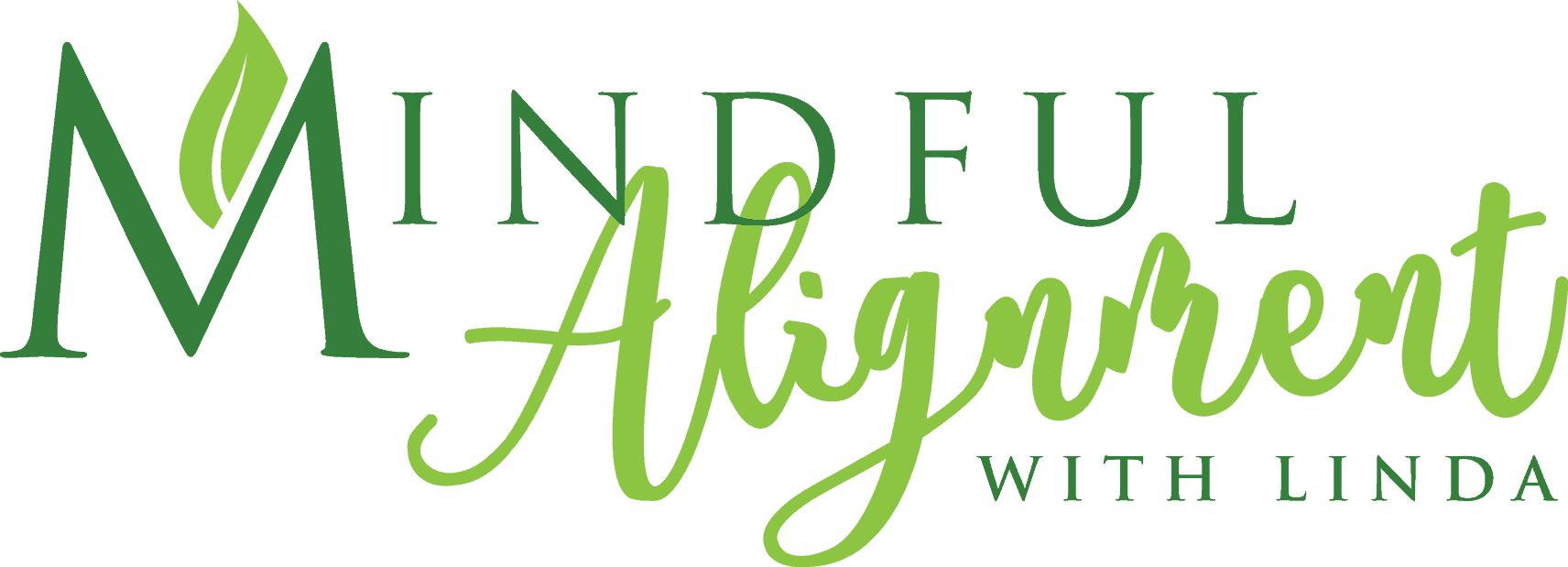
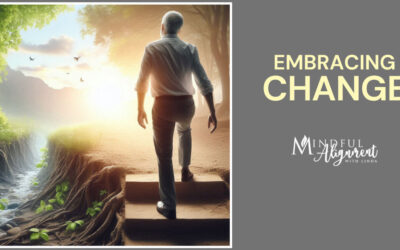
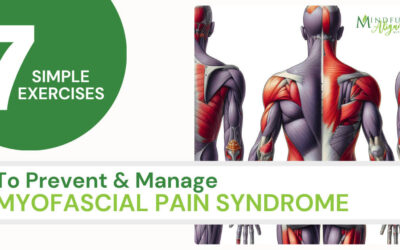
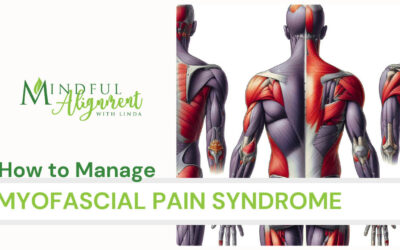
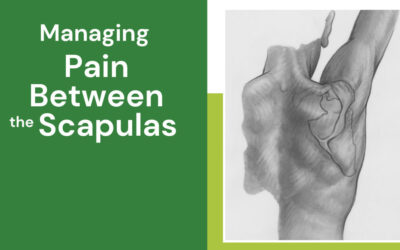
As always, an informative and useful newsletter. Big ideas in a compact space!